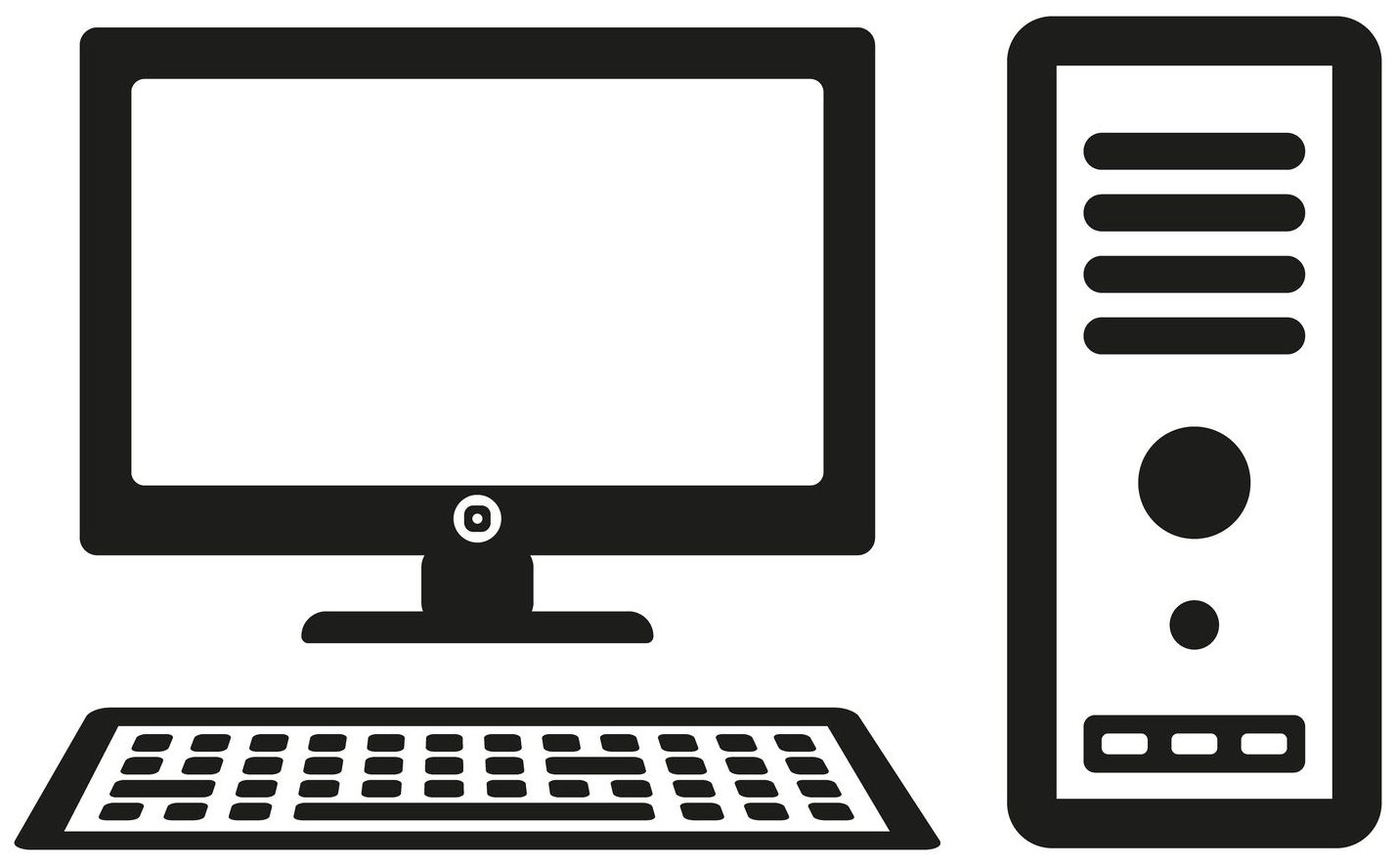 COVID-19 has impacted every sector of people’s lives including education. Teachers, education officials and institutional heads are in search of the best way forward during the pandemic. For instance, how can institutions prepare for the upcoming challenges of the disease? How can schools handle students’ needs? Every institution is looking for the best way to reassure parents and students during the crisis.
COVID-19 has impacted every sector of people’s lives including education. Teachers, education officials and institutional heads are in search of the best way forward during the pandemic. For instance, how can institutions prepare for the upcoming challenges of the disease? How can schools handle students’ needs? Every institution is looking for the best way to reassure parents and students during the crisis.
With this guide, teachers, state officials and institutional heads will find a way to manage the educational sector during and after the pandemic. Here, you will learn;
• Preparations that the system should take
• Understanding the needs of students at various stages and levels
• Giving reassurance to parents and students
• The best approaches to remote learning
Preparations
Governments were catching up to the spread of COVID-19 so institutions worldwide had very little time to prepare for remote classes. If possible, some of the preparations included;
• Ensuring students brought home any books required to study at home.
• Tying up loose ends such as finalising reports and test results. In most schools, teachers were right about to predict grades for students applying for tertiary education. Depending on when the predictions were created (right before or after suspension of exams) the whole process created anxiety for both students and teachers.
• Staff preparation and professional development training for remote learning with arrangements for safeguarding the learning process, dividing the work between various departments and the right channels for teachers to remain in contact for mutual support. There have been simple and brief updates on various learning technologies. Before the pandemic, institutions had plans in place to take advantage of technology in their teaching methods. However, with the outbreak of the pandemic, it meant that things that should have been implemented after years had to be done in a few weeks.
Students And Their Needs
COVID-19 has also disrupted the lives of students in various ways. It varies depending on their level of study and their programmes. For instance, there are particular challenges being faced by those coming from school to tertiary education or into employment. It means that they are not able to finish their curriculum and assessment normally.
Even worse, they were taken away from their social groups instantly. For those transitioning to tertiary education, it’s tough to take up any offers to sit for the end year school exams later. Even those who are midway through their programmes are feeling anxious about their school life.
They are unsure about the restoration of their assessment and courses after the pandemic. A lot of students are worried about the long-term disadvantages compared to those who didn’t go through something like this before, especially when moving to the next level in school or getting jobs. Even as tertiary institutions mention that they will be compassionate, there is no reassurance.
Remote learning approaches in primary (elementary), secondary and tertiary schools are different. However, the needs of the skills-sector (TVET) programmes require special attention. Note that, graduates in TVET schools will play a huge rule in economic recovery once the crisis is over.
Yes, they need practical training and it’s possible to do it through remote learning. However, there should be special requirements in place for everything to work accordingly. Therefore, there is a lot of work that needs to be done by both the state, teachers, institutional heads and students to keep a calm perspective even as we battle the second wave of the COVID-19 crisis.
